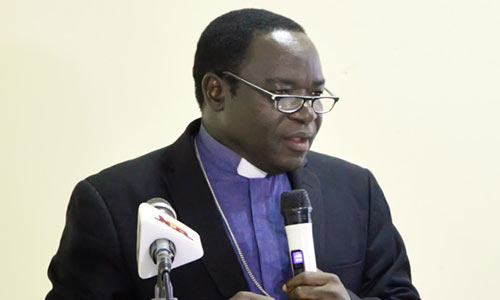Rising food prices in North send scary signal
• Tougher days ahead unless govt tackles insecurity, says Shettima • Teriba blames COVID-19 for hunger crisis • Food inflation triggered by herdsmen’s killing, says farmers’ leader Nigeria seems to be plunging a new dimension of economic crisis as food inflation reached a new high in northern regions, hitherto considered the food basket of the […]
















